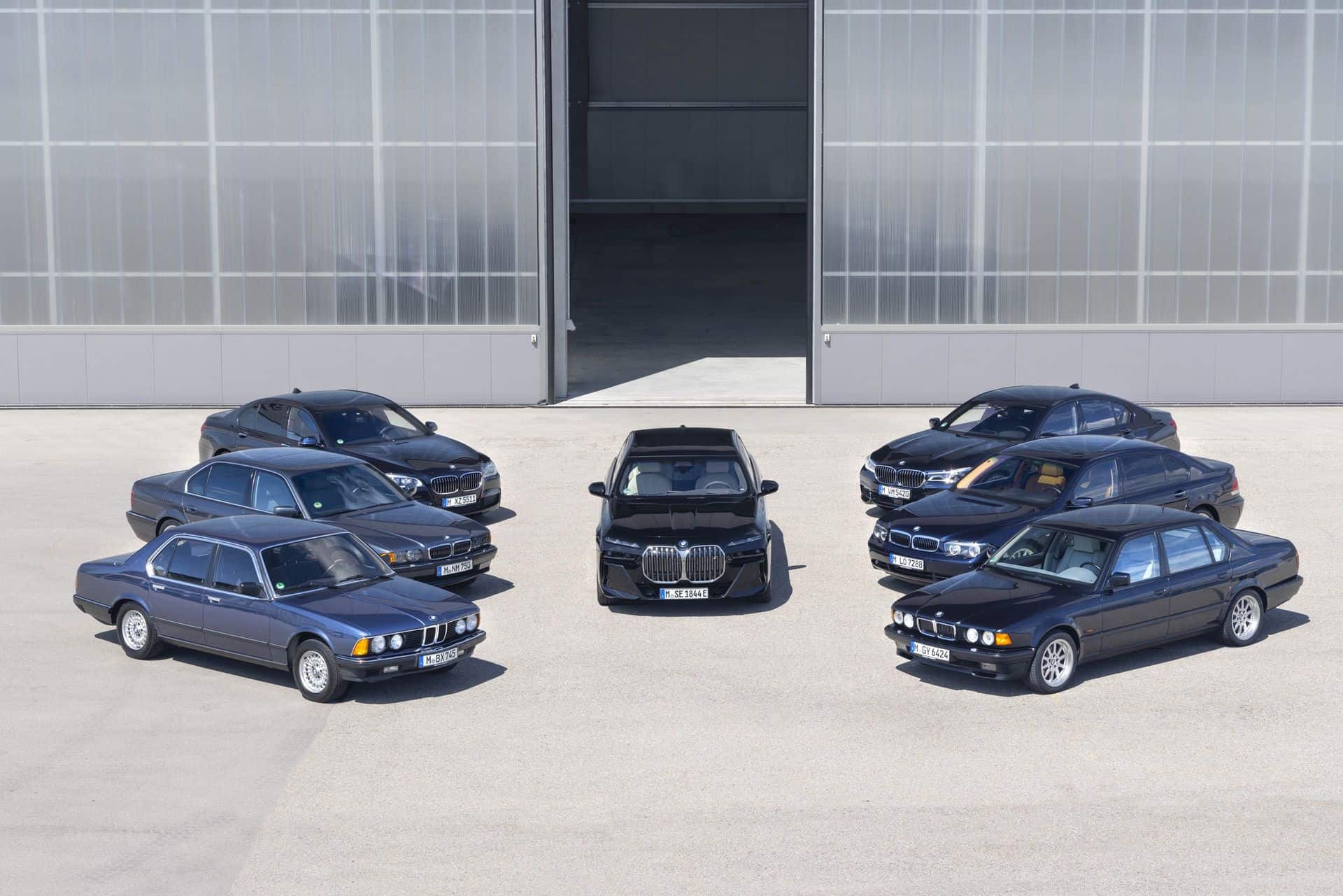The 7 Series has been the flagship BMW model for six generations, seven if you count the G70, which is only now starting to reach US dealer showrooms. A full-size executive sedan has always been an object of lust and a symbol of success. Perhaps no other vehicle has represented this more consistently and accurately throughout history than the BMW 7 Series. Here, we celebrate what it means to truly earn the title of “flagship”- and why history will remember the BMW 7 Series as a quintessential example.
Origins of the 7 Series
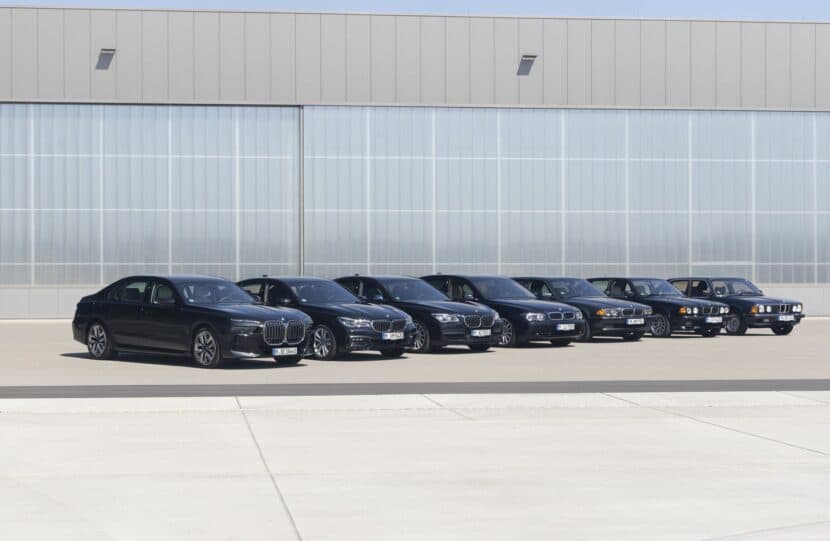
BMW was riding high upon a wave of success following the introduction of its New Six platform in the late 1960s. Designed to compete with Mercedes-Benz in the full-size luxury sedan segment, it received a very warm reception from critics and the public, selling well and solidifying BMW’s reputation going forward as a company that makes fun-to-drive but still superbly comfortable sedans. Internally designated the E3, it came to the US in 1969 before being given the hotter engine in the 2800 and dubbed the Bavaria in 1971. By 1977, BMW replaced the New Six with the 7 Series, with production spanning almost a decade.
A shortened version of the New Six platform existed alongside the New Six sedan, or the E3, as BMW engineers referred to it. It featured most of the same parts and drivetrain configurations and evolved into the E24 chassis “shark nose” 6 Series. You may better recognize this vehicle by its chassis designation: the E9, responsible for the famed 3.0 CS and 3.0 CSL models. But that’s a story for a different article.
The E23 7 Series Arrives in 1977

The E23 7 Series is the first 7 Series ever and introduced BMW buyers to features that have grown to become industry standards, like an onboard computer with check control and service reminders. The design was pretty radical compared to the outgoing New Six – only carrying over the individual headlights concept. You can thank Paul Bracq – of Mercedes-Benz 230SL and E25 Turbo concept fame.
The E23 7 Series came in auto and manual transmission versions, and BMW offered it only with an inline-six. A charismatic performer, it later featured the coveted M30 at its heart, the last true descendent of the M10 engine. A final iteration utilizing a high-performing turbo-six producing a tire-punishing 280 lb-ft of torque came to places not named North America. BMW sold over a quarter million of these executive sedans before introducing the E32 in 1986.
The Second Generation E32 7 Series
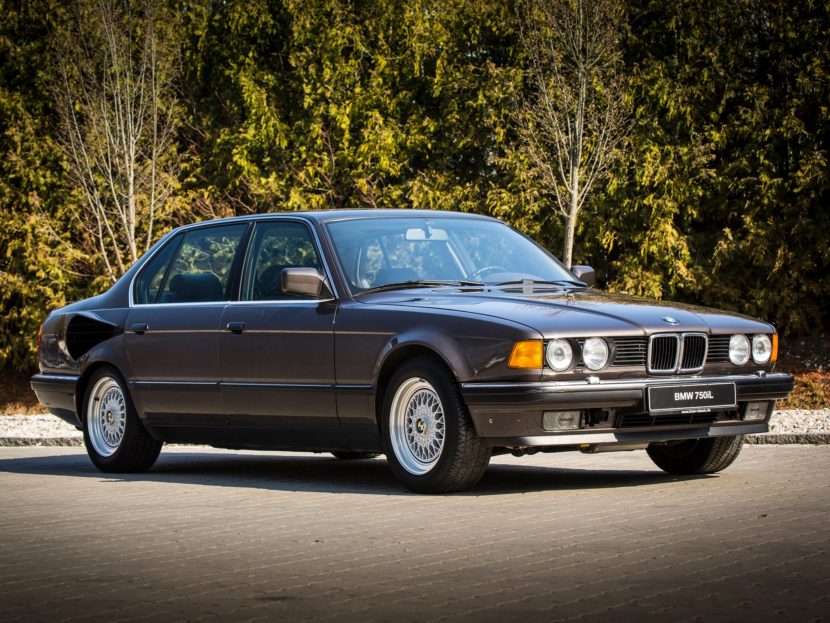
With production spanning just around eight years, the E32 debuted in 1986. It came in hot, attempting to disintegrate the weariness surrounding automobiles after a wave of uninspiring and fuel-efficient econoboxes. It came available from launch with a 5.0-liter V12, loosely related to the S70 in the legendary McLaren F1, and the familiar M30 inline-six. A V8 was added in short order, making it clear that BMW was happy to trade fuel economy for noise and power. Notably, it is also the first production vehicle to receive xenon headlights and the first BMW electronically limited to 155 mph.
With a take rate of around 20 percent, the V12-powered E32 was such a success that BMW would continue to offer the unique powerplant for nearly 25 years to come. And with amenities like a cooler, an integrated telephone, sunshades, heated rear seats, and even a fax machine, the 7 Series’ reputation as the “latest and greatest” of BMW models was etched in stone.
The E38 7er – Welcome to 1994
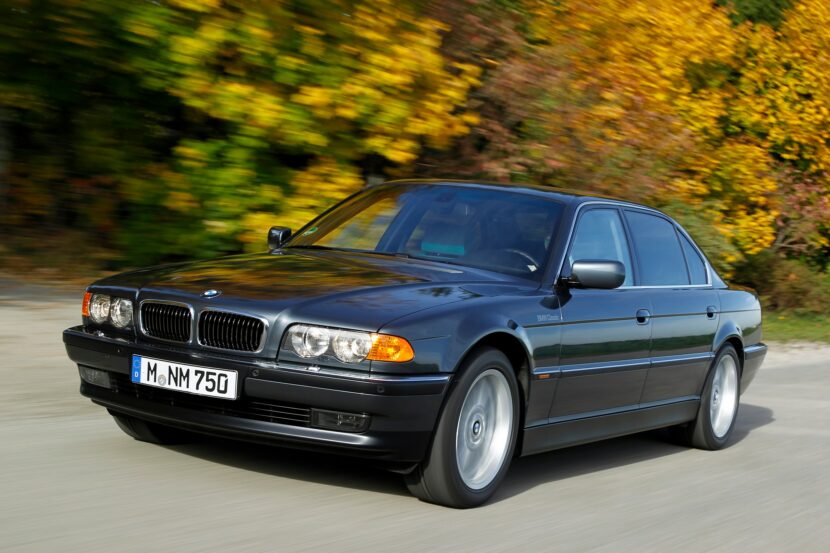
With understated styling and no drastic changes in the powertrain (aside from Europe, which received a diesel 7 Series), the E38 7 Series is the last of the “old-school” 7 Series. Its contributions to the modern car extend to the navigation system and curtain airbags. It’s the most valuable vintage 7 Series today, with great examples fetching nearly $60,000 and good examples still commanding over $40,000. Notably, this is the second time E38 values have spiked – the first being shortly after its successor, the E65, was released.
The real charmer in this generation is the “Shorty Sporty.” Available from 1998, an optional Sport Package added revised, stiffer suspension, Shadowline trim, sport seats, and staggered 18-inch wheels. Facelifted vehicles from 1999 even revised transmission tuning and final drive ratios. So beloved is the E38 that you can catch it in Tomorrow Never Dies as a 740iL re-badged as a 750iL. BMW sold nearly 350,000 of these truly sporting executive sedans, and they’re still making history at auction sites today.
Uh Oh, It’s the E65
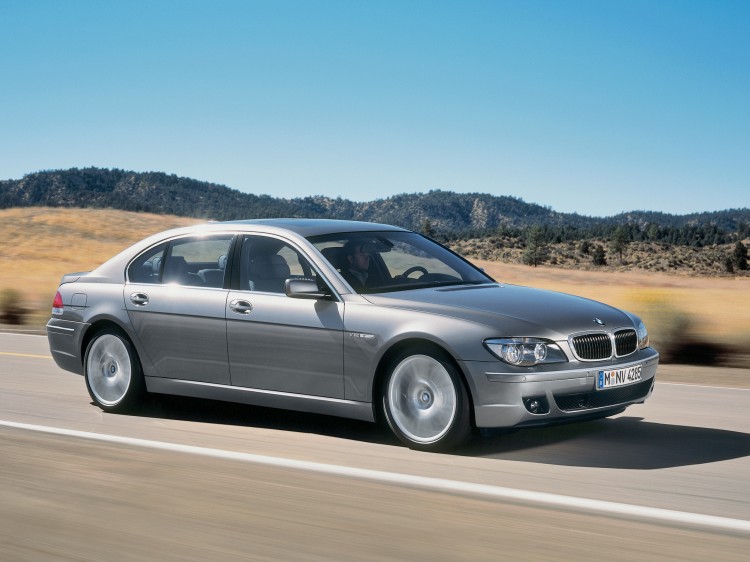
Remember that price spike in E38 values I mentioned? The previous model became sought after in the early days of the E65 due to its polarizing looks, software issues, and difficult-to-use iDrive interface. Current BMW Group Design Director Adrian van Hooydonk designed it, though this is occasionally mistakenly attributed to Chris Bangle, who merely approved it.
There’s not much love for the E65, but it was the first 7er to use a six-speed transmission and night vision. A short-lived hydrogen-powered version also was produced. A 2006 facelift fixed some of the problems, and the first-ever ALPINA vehicle came to the US based on it, but the E65 was never truly accepted. In many ways, the E65 placed apparent innovation ahead of what made every other 7 Series so great: driver engagement.
F01/F02 7 Series: A Return to Form

Thankfully, BMW returned to a bit more traditional styling in 2008 with the F01 and long-wheelbase F02 7 Series. The fifth-generation 7 Series got some exciting powertrain additions: a turbocharged V12, hybrid, and even all-wheel drive. Truly bringing the 7 Series into the 21st century, the F01 undid some of the clumsy changes that the E65 “pioneered,” especially on the interior, and packaged it all very nicely in a handsome if somewhat unremarkable sedan. A new and radically more intuitive iDrive debuted with the F01, and serves as the forerunner of what we all know and love today.
The car got even better when it received a refresh in 2013. It gained an eight-speed automatic transmission, power increases across the board, LED lighting, and the ability to ostensibly parallel park itself. The greatest hits of the F01 7 Series include the V12-powered 760i and the ALPINA B7, featuring impressive amenities and more than 500 horsepower.
Modern Day: The Sixth Generation G11/G12

Recently leaving production in favor of the upcoming G70, the G11 is essentially a continuation of where the F01 left off. One feature that the G11 7 Series showcased was BMW’s Carbon Core, utilizing carbon-fiber-reinforced plastic in the chassis for added strength and rigidity, as well as lighter weight. The G11 also represents the last of the V12-powered BMWs, even sending the vehicle off with a “Final V12” M760i xDrive offered exclusively to clients with an established history of V12 ownership.
Basically, if the F01 started it, the G11 completed it and improved upon it. The ALPINA B7 now offers 600 horsepower and standard xDrive. BMW offered hybrid versions in both four-cylinder and six-cylinder configurations, and though not exactly volume sellers, they set the stage for the upcoming, fully electric i7. The G11 and G12 ended production in 2022.
The Future: the G70 7 Series and the BMW i7
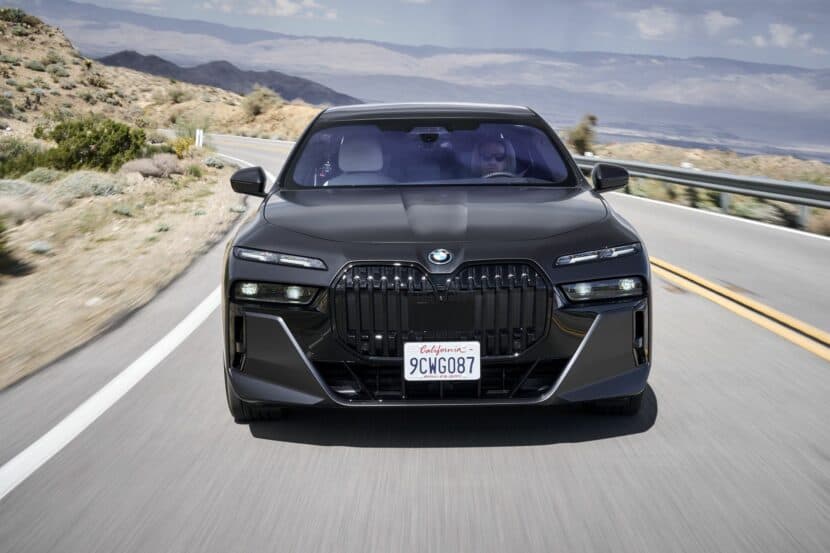
The future of the 7 Series looks bright. There were some dark days there (cough…E65), but it seems like the car is getting close to being back on top. With some lackluster critical reception of the newest electric Mercedes products, the G70 – and i7 specifically – could represent the return of the king for BMW in the executive sedan space.
Technology has become a core concept of the 7 Series, and the newest G70 is certainly no exception. A 31-inch screen (literally called a Theater Screen) allows for backseat opulence. Advanced driver assistance systems come standard, and the optional extras border on ostentatious. Think automatically-opening doors, Swarovski crystal headlights, $12,000 two-tone paint, and more.
What I’m extremely excited about with the G70 is the ability to tailor the vehicle to fit almost any preference. You can stick with as close to classic as possible, with a rear-wheel drive six-cylinder, or dive headlong into the future with the i7. Somewhere in between will exist myriad hybrid offerings and an anachronistic but wonderfully sonorous V8.
The BMW 7 Series Transcends Generations
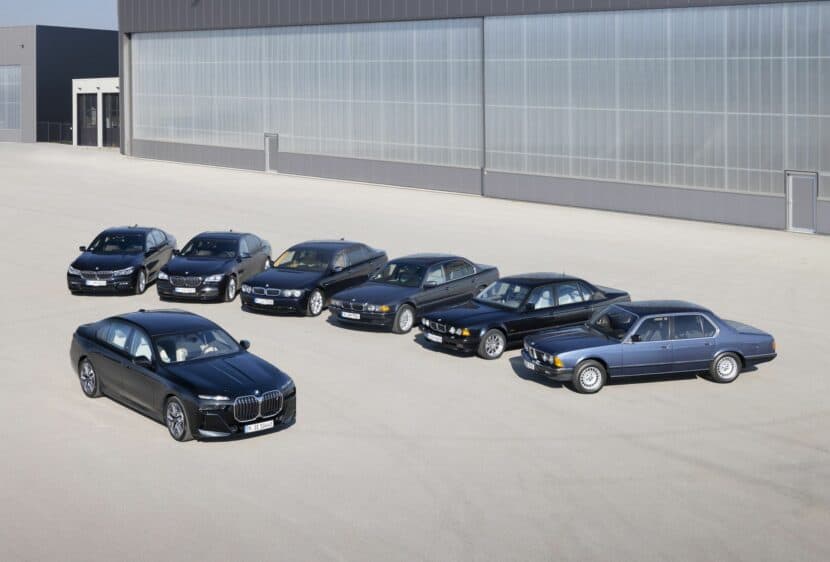
The BMW 7 Series established itself early on as a vehicle for the best of the best. Its future has looked a bit dismal at times, it’s true – but there’s nothing but positivity on the horizon. So whether you’re scoping out the perfect Sport Package E38 or eagerly anticipating your i7 delivery, I leave you with these parting words: if you have the means, I highly recommend it.


